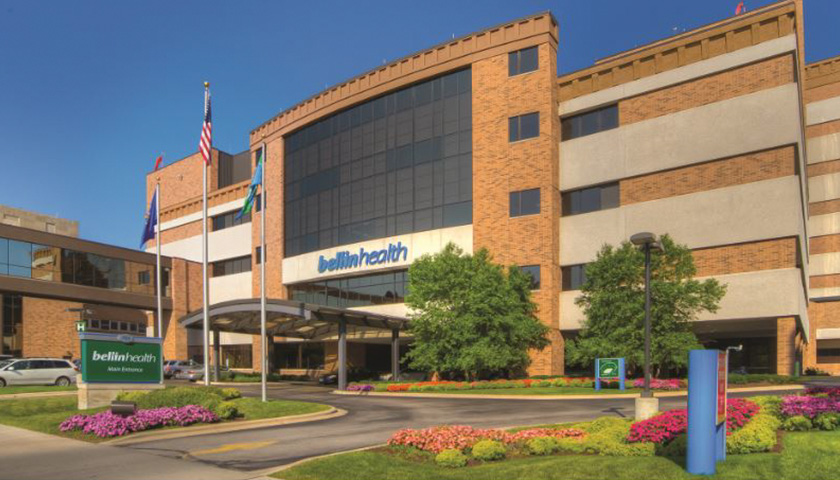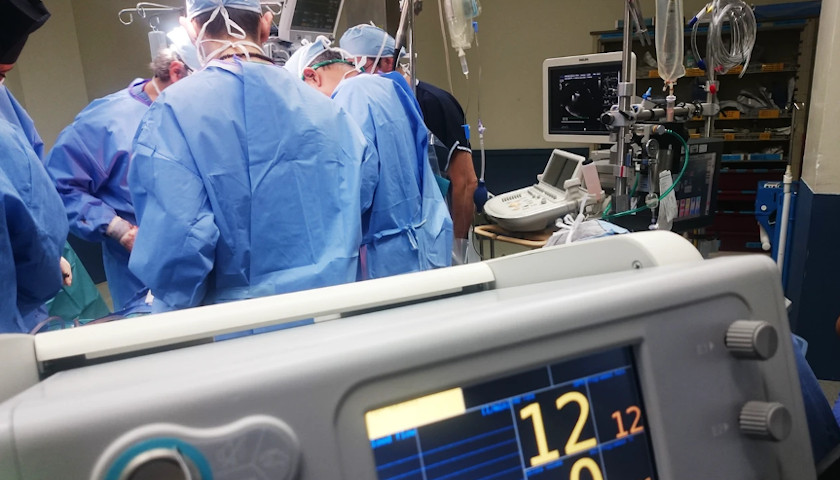by Mary Stroka
Wisconsin’s hospital safety standings with The Leapfrog Group dropped from 40th to 41st in the country over this past year.
The portion of Wisconsin hospitals that received an “A” grade decreased from 16.9 percent in spring 2022 to 11.9 percent in fall 2022.
The Leapfrog Group, an independent nonprofit organization committed to driving quality, safety, and transparency in the U.S. health system, compiles the safety grades. A panel of patient safety experts selected 22 metrics, including patient safety, and weighs them based on evidence, opportunity for improvement and impact.
Half of the score relates to the environment in which patients receive care and how often a hospital gives patients recommended treatment for a medical condition or procedure. Examples of these measures include progress toward using a computerized physician order entry to reduce medication ordering errors, use of intensivists in intensive care units, and hand hygiene practices. The other half of the score relates to what happens to patients while they receive care. Examples of these outcome measures include hospital-acquired conditions and healthcare-associated infections.
If hospitals don’t have enough safety data available, they don’t receive a grade. Federal hospitals, critical access hospitals, specialty hospitals, long-term care and rehabilitation facilities, free-standing children’s hospitals and outpatient surgery centers don’t receive grades.
Bellin Memorial Hospital, HSHS Sacred Heart Hospital, HSHS St Joseph’s Hospital, HSHS St. Mary’s Hospital of Green Bay, Mayo Clinic Health System – Eau Claire, Mayo Clinic Health System – La Crosse, Sauk Prairie Hospital and ThedaCare Regional Medical Center-Appleton received an “A” in the fall ranking. Aspirus Rhinelander Hospital, Aurora Sinai Medical Center, Aurora St Luke’s Medical Center of Aurora Health Care Metro and Aurora St. Luke’s South Shore of Aurora Health Care Metro received a “D.” The other hospitals received a “B” or a “C.”
Nationally, 30 percent of hospitals received an “A,” 28 percent received a “B,” 36 percent received a “C,” 6 percent received a “D,” and 1 percent received an “F,” the nonprofit said. Leapfrog’s analysis has found that over the past decade, some medical events that should never happen, such as falls and trauma and incidents of objects unintentionally left in a body after surgery, have decreased by about 25 percent. Before the pandemic, methicillin-resistant Staphylococcus aureus, or MRSA, decreased by 22 percent; central line-associated bloodstream infection, or CLABSI, decreased by 43 percent; and Clostridioides difficile infection, or C. diff, decreased by 8 percent, the release said. These five improvements saved an estimated more than 16,000 lives in the 10 years that have passed since the Leapfrog Hospital Safety Grade launched, the release said.
– – –
Mary Stroka is a regular contributor to The Center Square.
Photo “Bellin Health” by Bellin Health.





